Outer Clothing, 2 Pieces Item Number: E2051-0 from the National Museum of Natural History
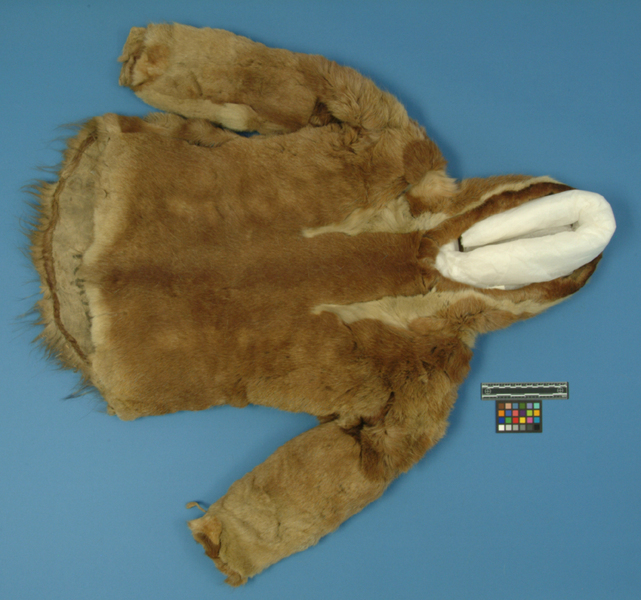
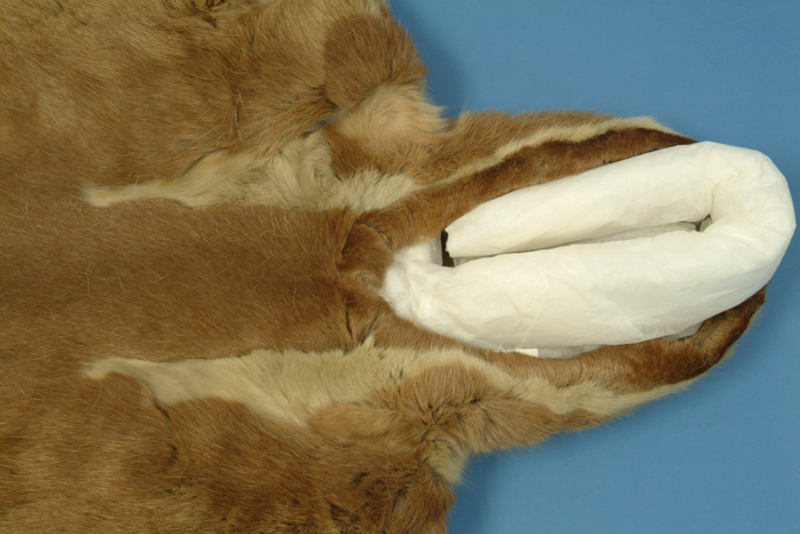
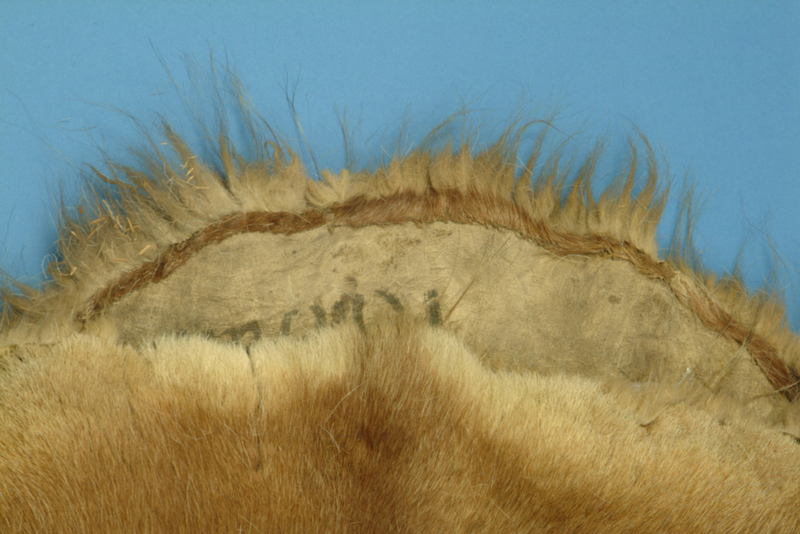
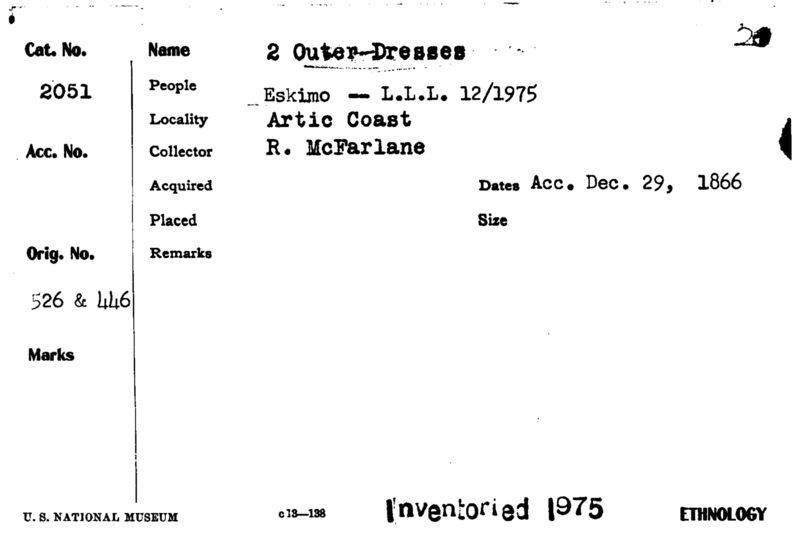
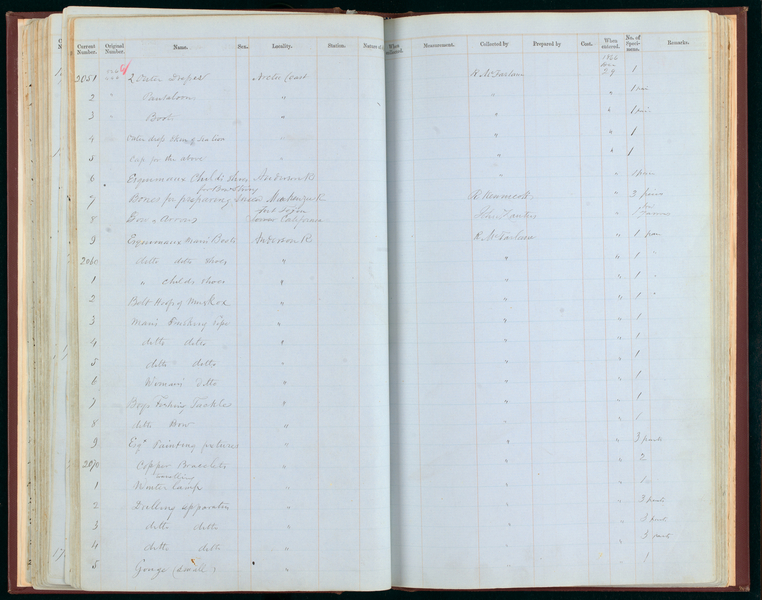
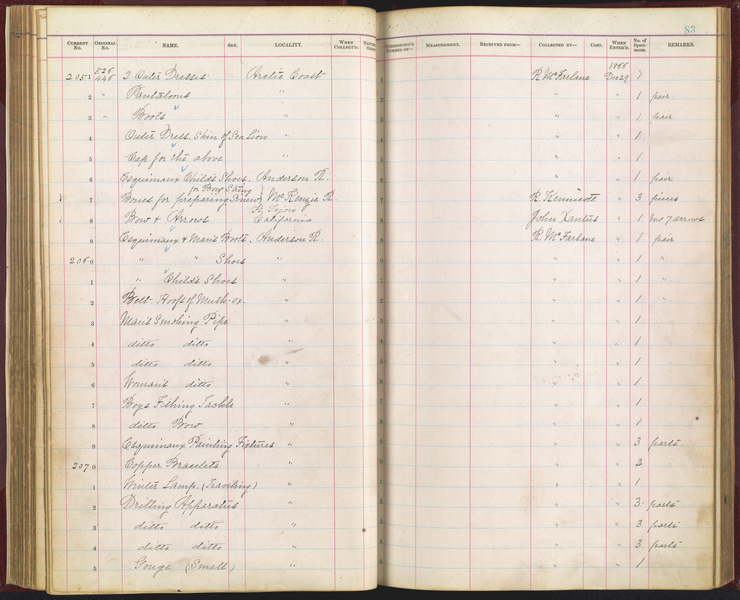
Notes
Source of the information below: Inuvialuit Pitqusiit Inuuniarutait: Inuvialuit Living History, The MacFarlane Collection website, by the Inuvialuit Cultural Resource Centre (ICRC), Inuvik, N.W.T., Canada (website credits here http://www.inuvialuitlivinghistory.ca/posts/12 ), entry on this artifact http://www.inuvialuitlivinghistory.ca/items/229 , retrieved 12-27-2019: Man's caribou skin parka. The back of the parka is a bit longer than the front and has a slightly curved shape. The white haired skin on the hood extends past the shoulders to form gores down the front. The hood ruff is made with caribou skin. The hem is trimmed with a band of caribou skin and wolverine or wolf fur. More information here: http://www.inuvialuitlivinghistory.ca/item_types/44: In winter men, women and children wore skin parkas (qusungat) over an inner garment (atigi). They were skillfully tailored using many individual pieces of skin (usually caribou) chosen for the thickness of the hide and qualities of the hair. Men's and women's parkas each had their own style, evident in the shape of the hood and the hem, and children's clothing mirrored the clothing of adults. Each parka was made to fit one particular individual, with the seamstress measuring with hand and eye and following complex patterns that were handed down from generation to generation. Parkas were decorated by incorporating pieces of skin with shorn hair and contrasting colours, and were sometimes coloured with dyes. The hood, cuffs and hem of the parka were usually trimmed with wolverine fur, which kept the cold out and because frost was easy to brush off the thick and stiff fur.
Item History
- Made in Arctic Coast, Canada
- Collected in Arctic Coast, Canada
- Received from Roderick R. MacFarlane on December 21, 1866
What
- Name
- Outer Clothing, 2 Pieces
- Identification Number
- E2051-0
- Type of Item
- parka
Who
- Culture
- Eskimo, Inuit and Inuvialuk
- Received from
- Roderick R. MacFarlane
Where
- Holding Institution
- National Museum of Natural History
- Made in
- Arctic Coast, Canada
- Collected in
- Arctic Coast, Canada
When
- Acquisition Date
- on December 21, 1866
Other
- Accession Number
- 66A00090